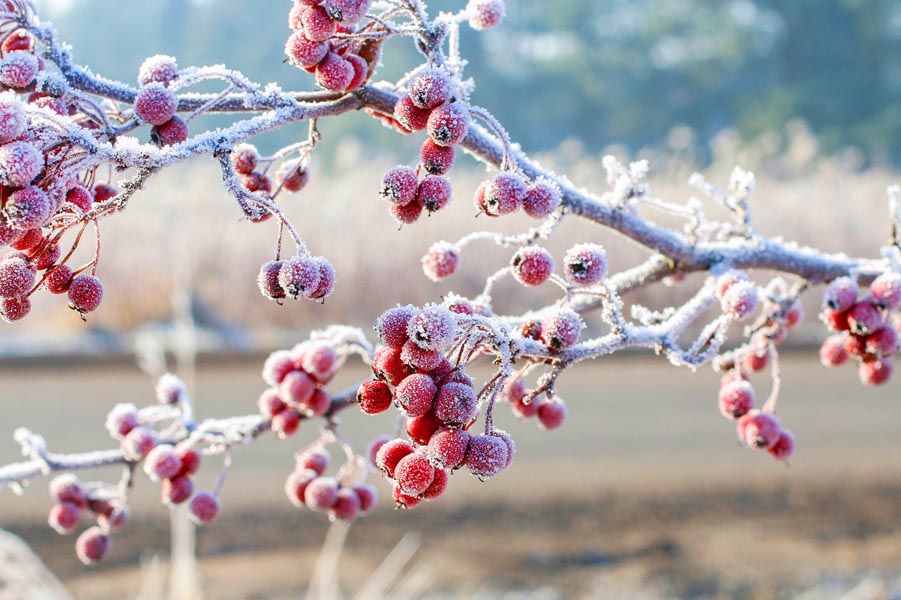As the days grow shorter and the air turns crisp, it’s time to think about winterizing your garden. Proper preparation can make all the difference in ensuring your plants survive the harsh winter months and thrive come spring. Here are five effective strategies to winterize your garden and protect your plants from frost.
Clean Up Debris
Before the first snowflakes fall, take time to clean up your garden. Remove any dead plants, fallen leaves, and other debris. This step is crucial for several reasons:
- Decaying plant matter can harbor pests and diseases that might linger and attack your plants in the spring.
- A tidy garden not only looks better but also makes it easier to work with when spring arrives.
- Clearing away hiding spots for pests can help keep them from overwintering in your garden.
Mulch for Protection
Adding a layer of mulch is one of the simplest and most effective ways to winterize your garden. Mulch acts as an insulating barrier, protecting plant roots from freezing temperatures. Here’s what you need to know:
- Types of Mulch: Organic mulches like straw, shredded leaves, or wood chips work well. They break down over time, enriching the soil.
- Application: Apply a thick layer (about 2-4 inches) around your plants, making sure to keep it a few inches away from the stems to prevent rot.
- Moisture Retention: Mulch helps retain soil moisture, which is crucial during dry winter months.
Protect Vulnerable Plants
Certain plants require extra protection to survive the winter. Here are a few ways to safeguard them:
- Wrap delicate shrubs and young trees with burlap to shield them from harsh winds and freezing temperatures.
- Use plant protection fleece to cover sensitive plants. This breathable fabric allows moisture and light in while keeping the cold out.
- Containers Indoors: For potted plants, consider bringing them indoors or placing them in a sheltered location, such as a garage or porch, to protect them from frost.
Prune Wisely
Winter is a great time for pruning, but it’s essential to know how to do it correctly. Remove any dead, diseased, or damaged branches to prevent further injury and encourage healthy growth in spring.
Over-pruning can stress plants. Keep cuts minimal to promote strong growth when the weather warms up. Aim to prune during the late winter months, just before the plants start to emerge from dormancy.
Amend the Soil
Winter is the perfect time to improve your soil’s health. Here’s how:
- Add Organic Matter: Incorporate compost or well-rotted manure into your garden beds. This will enhance soil structure and nutrient content for spring planting.
- Soil Testing: Consider testing your soil to identify any nutrient deficiencies. This information will help you decide what amendments to apply.
- Cover Crops: If you have empty garden beds, plant cover crops like clover or winter rye. These crops protect the soil from erosion and improve fertility when tilled under in spring.
Conclusion
Winterizing your garden is an essential step in ensuring your plants thrive despite the frost. Take these steps now, and you’ll set the stage for a vibrant and flourishing garden when spring returns. Embrace the winter as a time of preparation—your plants will thank you!



